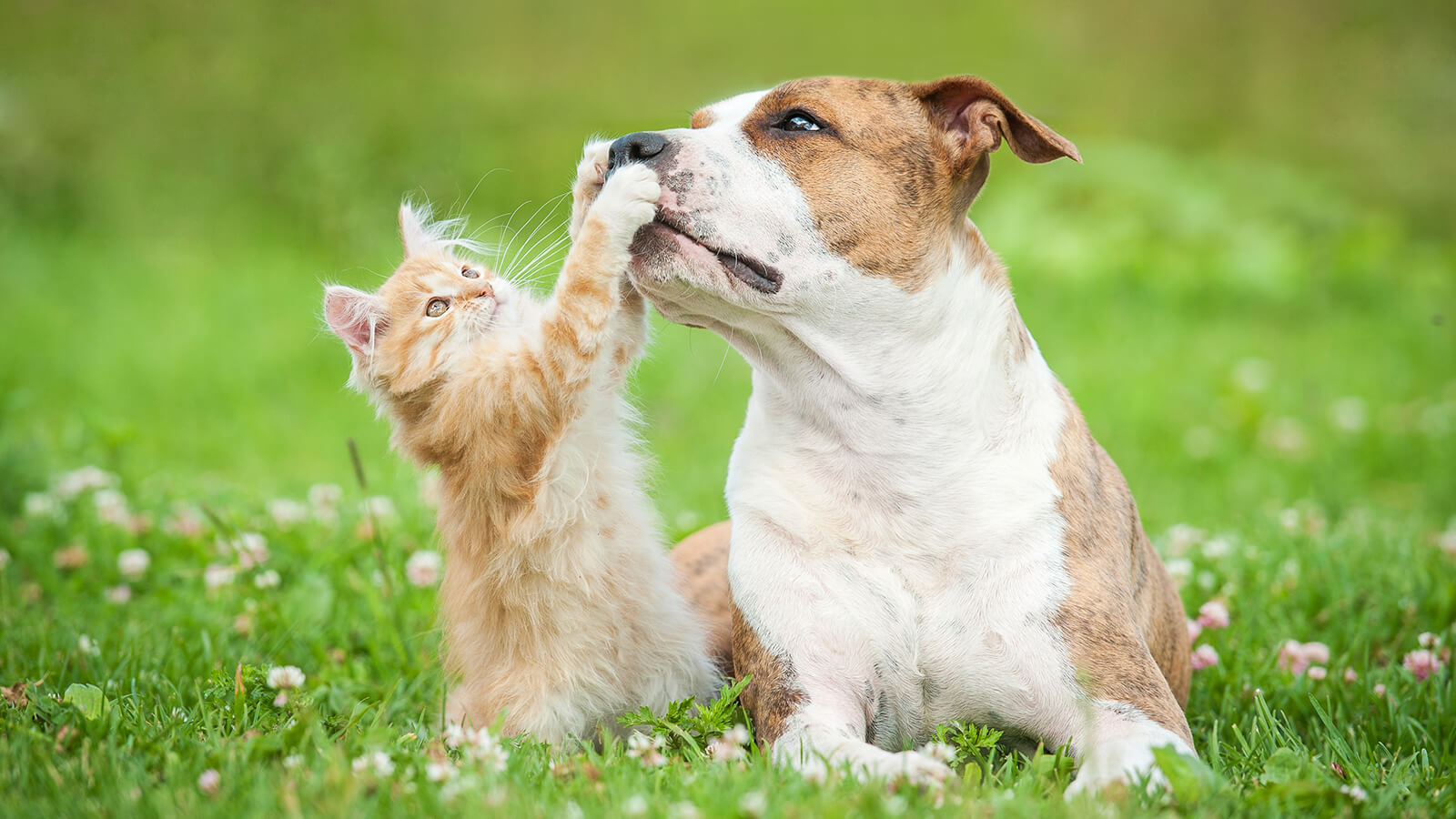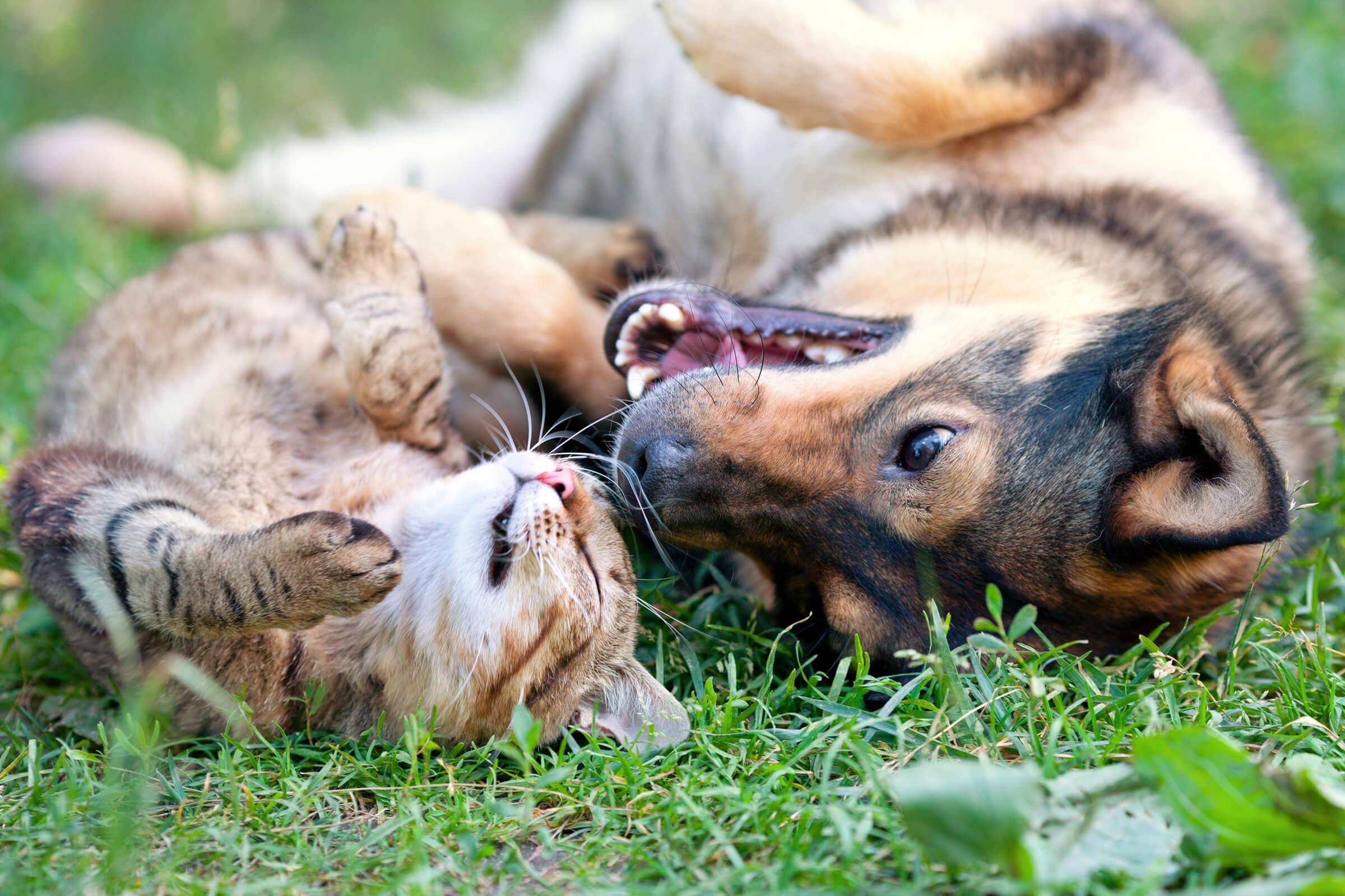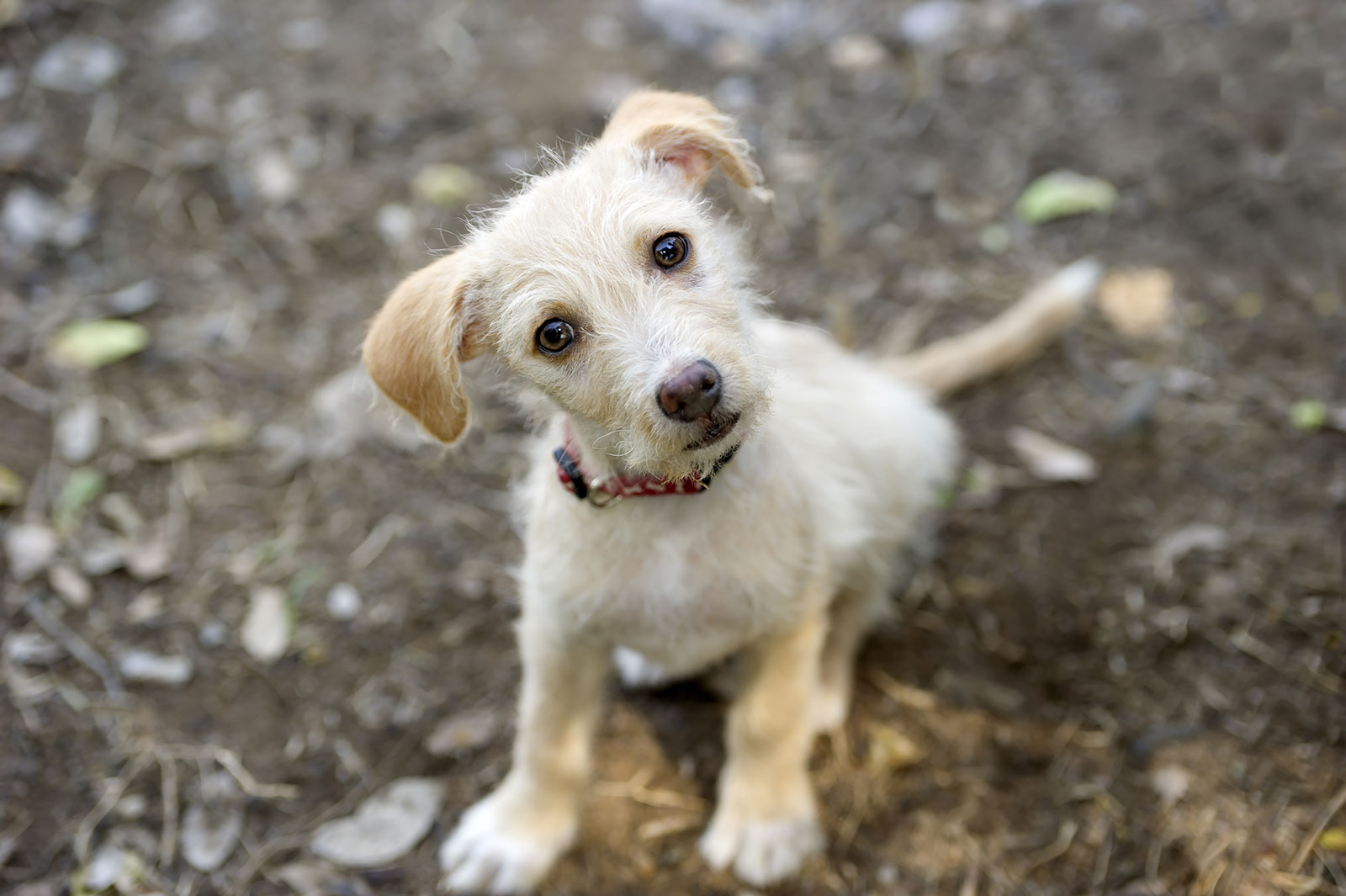
 Menu
Menu
Angular Limb Deformity

What is Angular Limb Deformity?
Angular limb deformity is the term used to describe a condition where there is an abnormality in the alignment of any limb. The consequences of this are functional lameness secondary to abnormal posture and painful lameness, secondary to joint incongruity (when the bones of a joint don’t fit together normally).
causes
Asynchronous or uneven growth of a pair of bones is the most common cause of angular limb deformity.
The radius and ulna are the paired long bones that make up the forearm. This pair of bones join together at their top with the humerus bone, to form the elbow joint and articulate (join together) at their end with the bones of the carpus (wrist joint). If one of these bones stops growing prematurely, it acts as a bowstring, causing the other bone, which continues to grow, to bend and rotate. Some canine breeds e.g. Shih tzu and Lhasa apso, are over-represented with angular limb deformity and have been bred with the intention of producing short limbs. Therefore in these breeds some degree of angular limb deformity is accepted as normal. Once these deformities become excessive, the joints do not fit together normally and result in pain and lameness.
Uneven growth can result from trauma at a young age causing premature closure of one or more of the growth plates of either the radius or the ulna, leading to angular limb deformity.
Angular limb deformity can affect the hindlimbs as a result of breed, e.g. Dachshunds, but is less common. It may also result from damage to the physes (growth plates) in the tibia or fibula.
Does my pet have angular limb deformity?
Many breeds are expected to have short, bowed legs and recognising if this is excessive and is causing a problem can be difficult. Regular monitoring is essential whilst the puppy is growing to allow early recognition of any problems.
Limping is the most common sign that there is a problem and it is important to have your pet assessed early if you notice a problem. If you have a pet where bowed legs are not expected, any sign of deformity can be significant and should be treated early.
How is angular limb deformity diagnosed?
Angular limb deformity is a complex orthopaedic disease and therefore diagnosis is complex.
Physical examination by an orthopaedic specialist is important, followed usually by a combination of radiography and usually advanced imaging such as CT scans.
A CT scan is very useful for assessment and planning of treatment of angular limb deformity, as they allow the orthopaedic surgeon to build a 3D image of your pets limbs and make a detailed and accurate surgical plan, assuming surgery is necessary.
Sometimes surgery may be necessary early on in these cases, although other times a “wait and see” approach or delayed intervention may be deemed more appropriate, depending on the severity of the deformity, and the amount of growth that your pet may have left.
How is angular limb deformity treated?
Treatment of angular limb deformity is aimed at:
-
- reducing your pet’s pain or discomfort
- correction of pre-existing rotational or angular malalignments causing lameness and joint incongruity
- prevention of further deformity with continued growth
- treatment of limb shortening to allow equal growth over time
Surgery is often necessary in order to achieve these aims and your surgeon will discuss what is best for your pet. Every case is different and treatment varies from patient to patient.
Sometimes one cut of the short bone that is acting as a bowstring, allows for correction of deformity; other times a series of cuts and bone removal with internal fixation using bone plates and screws are necessary.
In some cases, external fixation (an external metal frame connecting to the bones) is necessary following cutting and realignment of the bones to allow for adjustment over time in a growing pet. In animals that have a lot of growth potential left, segments of bone may be removed to prevent bowstring recurrence with continued growth.
With early intervention and treatment, the prognosis for these cases can often be excellent.
Stay in touch
Follow us on social media and keep up to date with all the latest news from the Grove clinic.

